4 Natural Shampoos that You Can Make at Home
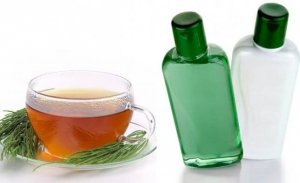
The natural products are becoming more popular, especially for cleaning, farming and personal care. If you want to stop using a bunch of industrialized products, then try making your own natural homemade shampoo.
No matter how tempting hair care products at stores may sound, you can still use natural products, which are just as good or even better for your hair. They can help prevent your hair from falling out, give it nice shine and make it stronger.
4 Natural shampoos that you can make at home
1. Aloe vera shampoo
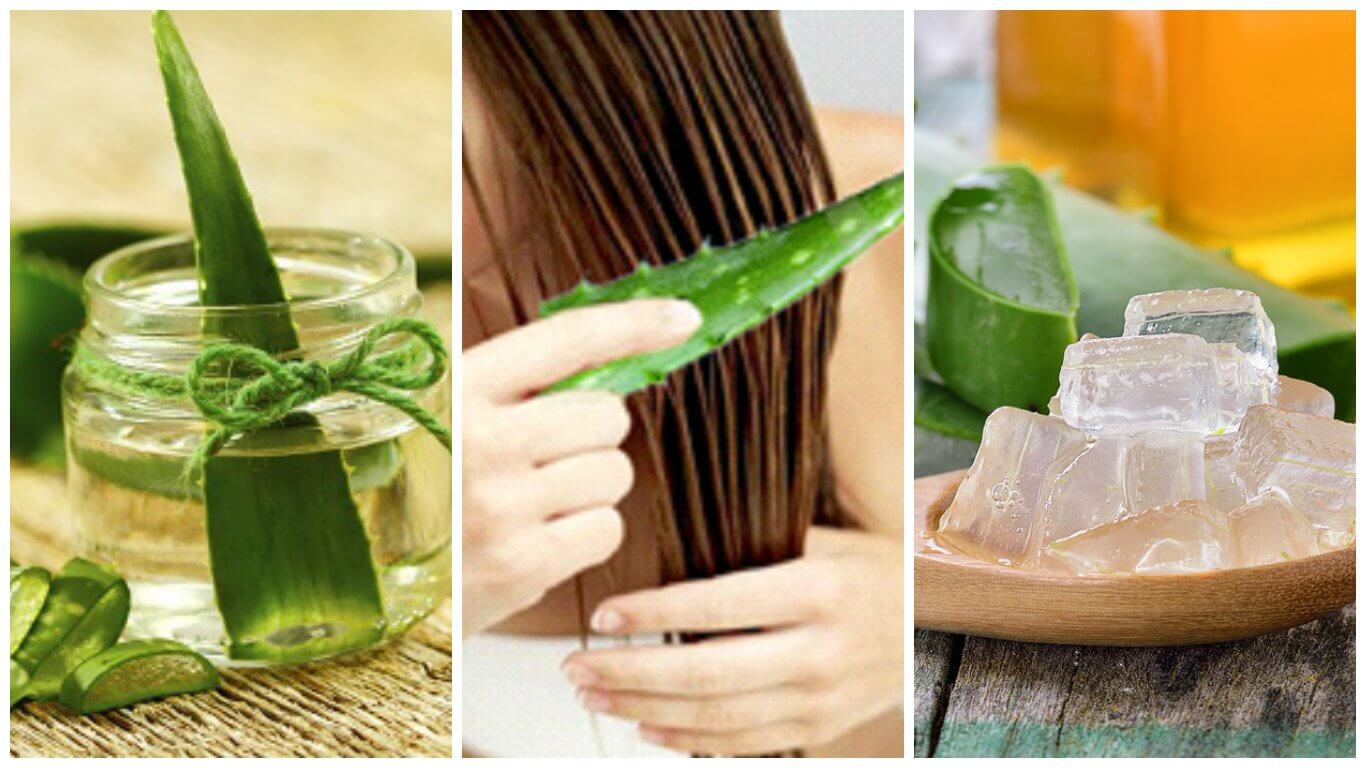
This recipe will help you make a solid aloe vera shampoo. It might look different, but it has all the benefits that come from aloe vera, which is very good for you. You’ll need the following to make this natural shampoo:
- 1 rosemary spring.
- 1 aloe vera leaf.
- 1/2 kg of glycerin soap base.
- 2 tablespoons of lemon juice.
- 150 mL of mineral or filtered water.
- 2 tablespoons of almond extract.
Once you have all the ingredients ready, you can begin making the shampoo:
- Mix the aloe vera and rosemary together in a blender. If the mixture is too thick, add a little water until it looks like a gel.
- Move the mixture to a double boiler.
- Finely chop the glycerin soap and add to the double boiler when hot.
- Add the lemon juice and almond extract as well.
- Once melted, pour the mixture into a mold and let harden.
- Cut into rectangles and wrap it in wax paper.
You should use the shampoo anywhere for one to three times a week. First, dampen your hair; then rub the shampoo all over your hair and leave it on for a few minutes. Afterwards, rinse and dry.
Read this article too: 5 Aloe Vera Treatments to Strengthen Your Hair
Natural chamomile shampoo
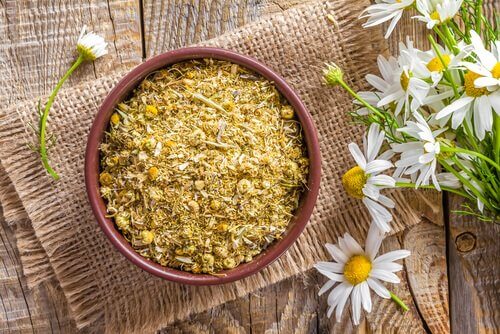
The ingredients and items that you’ll need to prepare for this shampoo are:
- Funnel.
- 2 tongue depressors.
- 1 cup of mineral water.
- 4 chamomile tea bags.
- 1/8 teaspoon of olive oil.
- 1/8 teaspoons of cetyl alcohol.
- 1 liter of sodium laureth sulfate.
- 2.5-liter glass bowl.
- 1-liter plastic bottle.
Follow the steps below to make this shampoo:
- In a saucepan, boil the water and add the tea bags. Cover, turn off the heat and let it cool for five minutes.
- Give the tea bags a squeeze and remove. Add the cetyl alcohol and cook over low-heat until the alcohol disappears.
- In the glass bowl, pour in the sodium laureth sulfate and gradually add the tea-alcohol mixture. Stir slowly with a tongue depressor.
- Add the rest of the sodium sulfate and, once completely incorporated, use a funnel to move the mixture to the plastic bottle.
Natural rosemary shampoo
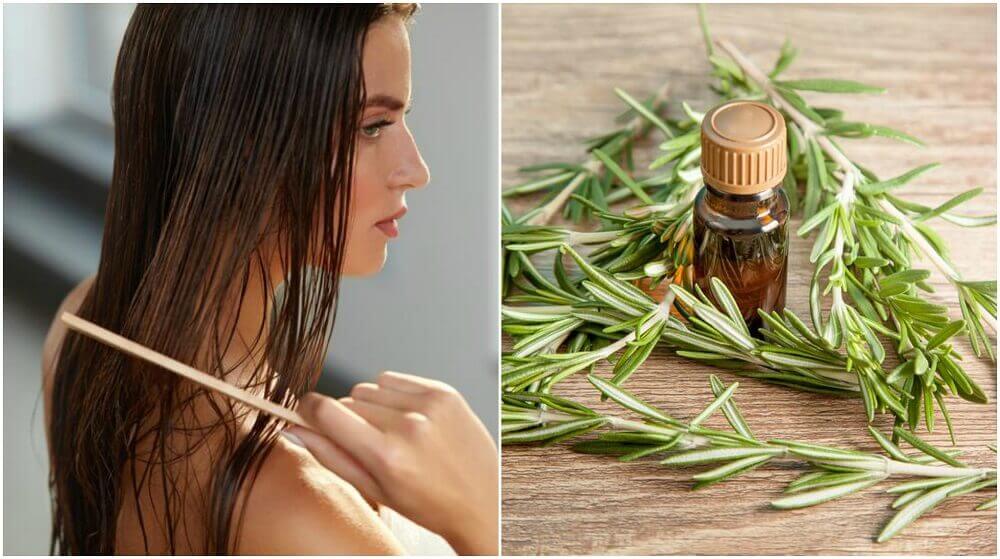
This recipe is a classic. Rosemary is especially good for dark hair by giving it a nice color and shine. To make it at home, you should have the following:
- Water.
- Rosemary springs.
- Soapwort root powder.
- Essential rosemary oil.
Procedure:
- In a saucepan, mix the water, rosemary springs and soapwort root powder together.
- Heat up and bring to a boil, stirring every once in a while.
- Once ready, lower the heat and cover for 15 minutes. The rosemary will infuse its aroma and properties with the water.
- After 15 minutes, turn off the heat and remove the saucepan from the stove. Let it cool for an hour.
- Strain the resulting liquid and add the essential rosemary oil.
- Move to a bowl or container to use it later on.
Use this shampoo within the first 10 days, before it goes bad. It’s very easy to make and you can repeat the process every week to always have a fresh, homemade product on hand.
Check out this article too: 5 Interesting Benefits of Rosemary for Your Hair
Natural raspberry leaf shampoo
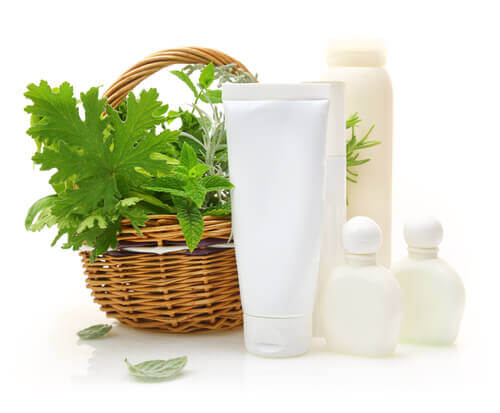
This list of natural homemade shampoo recipes is good for ladies with oily hair. Raspberry leaves, as well as mint and yarrow leaves, remove excess oil from hair. They also make hair nice and soft. you´ll need the following ingredients to make this shampoo:
- Fresh raspberry leaves.
- Liquid Castile soap.
- Olive oil.
- Water.
The steps to make this shampoo are simple:
- Put 1/4 cup of the fresh leaves into a glass jar.
- Boil a cup of water and pour it into the jar.
- Cover and set aside for 20 minutes.
- Meanwhile, place a coffee filter in a strainer.
- Mix two tablespoons of the Castile soap with a teaspoon of olive oil.
- Add 2 or 3 drops of any essential oil (whichever you prefer).
- Using a funnel, pour the shampoo mixture into a plastic bottle.
These natural shampoos will take care of all of your hair’s needs, whatever they may be. Feel free to ask your hairdresser which of them will work best for your hair. Once you know, it’s time to get started!
All cited sources were thoroughly reviewed by our team to ensure their quality, reliability, currency, and validity. The bibliography of this article was considered reliable and of academic or scientific accuracy.
- Domínguez-Fernández, R.N., Arzate-Vázquez, I., Chanona-Pérez, J. J., Welti-Chanes, J. S., Alvarado-González, J. S., Calderón-Domínguez, G., Garibay-Febles, V., & Gutiérrez-López, G. F.. (2012). El gel de Aloe vera: estructura, composición química, procesamiento, actividad biológica e importancia en la industria farmacéutica y alimentaria. Revista mexicana de ingeniería química, 11(1), 23-43. de http://www.scielo.org.mx/scielo.php?script=sci_arttext&pid=S1665-27382012000100003&lng=es&tlng=es.
- Femenia, A., Sánchez, E., Simal, S. y Rossello, C. (1999). Compositional features of polysaccharides from Aloe vera(Aloe barbadensis Miller) plant tissues. Carbohydrate Polymers 39, 109-117.
- Martinello, M.A., & Pramparo, M.. (2005). Poder Antioxidante de Extractos de Romero Concentrados por Destilación Molecular. Información tecnológica, 16(5), 17-20. https://dx.doi.org/10.4067/S0718-07642005000500004
This text is provided for informational purposes only and does not replace consultation with a professional. If in doubt, consult your specialist.








